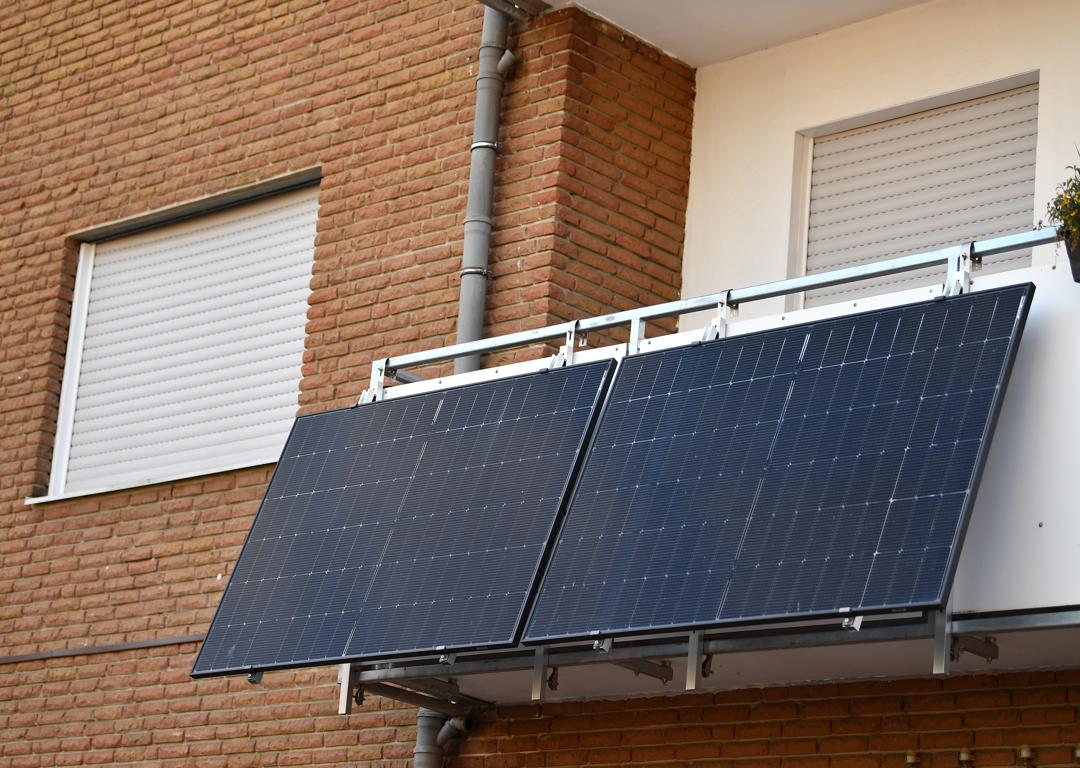California’s transition to Net Energy Metering 3.0 (NEM 3.0) marks a pivotal moment for homeowners considering solar energy in Pleasanton. This policy update significantly reshapes how solar users are credited for the energy they export to the grid, particularly in sun-rich, suburban cities like Pleasanton. For residents and businesses aiming to future-proof their energy solutions, combining solar panels with battery storage has moved from a consideration to a necessity.
In Pleasanton’s moderate climate—where long, sunlit days are common, the solar potential remains high. However, under NEM 3.0, energy exported to the grid is now compensated at a much lower rate than under NEM 2.0. This shift makes battery storage not just a beneficial add-on but an essential component of a cost-effective solar system.
Let’s explore how NEM 3.0 impacts solar investments, why batteries are now central to maximizing energy savings, and what this means for Pleasanton homeowners aiming to adopt sustainable energy.
Understanding NEM 3.0: A Shift Toward Self-Consumption
The core philosophy behind NEM 3.0 is to promote grid resilience by encouraging more localized energy usage. Instead of rewarding users for exporting excess solar energy to the grid, this policy incentivizes homeowners to consume and store their energy on-site.
Key Differences from NEM 2.0
Reduced Export Compensation: Under NEM 3.0, exported electricity is credited based on the Avoided Cost Calculator (ACC), which generally pays 75% less than retail electricity rates, depending on the time of export.
Time-of-Use (TOU) Dependency: Credits now vary depending on time and season, encouraging users to shift energy usage away from expensive peak hours.
Battery Storage Incentives: The economics of solar installations now heavily favor homeowners who can store and shift energy usage, due to the variable compensation structure.
According to the California Public Utilities Commission (CPUC), “The new export rates under NEM 3.0 average about $0.05 to $0.08 per kWh, a steep decline from the $0.25 per kWh under NEM 2.0” (CPUC, 2023). This effectively reduces the ROI for standalone solar systems unless battery storage is integrated.
The Rising Value of Solar Batteries in Pleasanton
In Pleasanton, where solar installations have grown steadily thanks to strong sunlight exposure and eco-conscious homeowners, NEM 3.0 poses a challenge to traditional ROI calculations. Batteries, however, present a compelling solution.
Why Batteries Now Make Financial Sense
Energy Storage for Peak Use: With TOU rates penalizing consumption during peak hours (typically 4–9 p.m.), batteries allow homeowners to use stored solar power instead of expensive grid power.
Increased Self-Consumption: Stored energy used after sundown boosts overall system efficiency and utilization.
Grid Resiliency: Batteries provide backup power during outages, which is increasingly relevant during wildfire seasons or PSPS events (Public Safety Power Shutoffs).
Maximized Savings: According to recent studies, solar users with batteries can save an additional 25–35% annually under NEM 3.0 compared to those with solar panels alone.
Sunlight Electrical Solutions has seen a surge in interest from Pleasanton residents seeking battery integration, particularly with the rise in energy costs and the instability of grid services. By installing a hybrid solar-battery system, homeowners are better equipped to take advantage of the full value of their solar energy.
Solar + Storage: A Smart Investment Under NEM 3.0
Combining solar panels with battery storage in Pleasanton is no longer a luxury—it’s a strategic investment. The new billing structure encourages homeowners to store energy for later use rather than sell it back at a fraction of its value.
Economic Benefits of a Hybrid System
Improved ROI: EnergySage reports that solar systems with batteries now outperform standalone systems in terms of long-term savings, especially in California post-NEM 3.0.
Incentives Still Available: One of the biggest incentives for going solar right now is the Federal Investment Tax Credit (ITC), which allows homeowners to claim 30% of the total cost of their solar energy system and battery storage as a tax credit. This includes equipment, labor, permitting, and even battery backup systems like the Tesla Powerwall or FranklinWH. For many homeowners, this credit can amount to thousands of dollars in savings and significantly shorten the payback period of the system. It’s a powerful financial motivator to start your solar journey now—especially before any future policy changes.
Property Value Increase: Zillow found that homes with solar panels sell for about 4.1% more than homes without—add batteries to the mix, and this value can increase further, particularly among tech-forward buyers.
From a systems design perspective, Sunlight Electrical Solutions prioritizes tailoring each installation based on Pleasanton’s unique solar access patterns and TOU rate plans, ensuring that battery storage is optimized for both financial and practical returns.
Environmental & Community Benefits of Battery Storage
Beyond personal savings, integrating batteries into solar systems aligns with broader environmental and community resilience goals.
Sustainability Meets Grid Relief
Decentralized Energy Resilience: Batteries reduce grid stress during peak times, contributing to a more stable and reliable electrical system for all residents.
Lower Carbon Emissions: Batteries enable households to avoid peak power, which often relies on fossil fuels. Shifting energy usage to cleaner periods reduces indirect emissions.
Disaster Preparedness: During natural disasters or wildfire-related shutoffs, homes with batteries can maintain critical power—refrigeration, lighting, medical devices—while others wait for grid restoration.
In Pleasanton, where residents are increasingly concerned with environmental stewardship and preparedness, the appeal of batteries extends far beyond economics. It’s about building energy independence and future-proofing one’s home.
Ready to Make the Switch? Let’s Talk
For homeowners in Pleasanton considering solar, now is the moment to rethink your strategy. NEM 3.0 changes the rules of the game, but it also opens new doors for those willing to adapt. Adding a battery to your solar system not only maximizes your return but ensures you’re making the most of every ray of sunshine that hits your roof.
Sunlight Electrical Solutions is committed to helping you navigate the NEM 3.0 landscape with confidence. Our team will assess your home’s energy profile, determine the optimal battery size, and provide transparent ROI projections to help you make an informed, future-ready decision.
Frequently Asked Questions (FAQ)
NEM 3.0 is California’s updated net metering policy. It reduces the compensation homeowners receive for solar energy exported to the grid, making it less profitable to sell excess power and more beneficial to store and use that energy later with a battery system.
Yes—but to maximize savings, you should strongly consider adding battery storage. The savings potential is lower without batteries, due to the reduced export compensation.
Yes. Programs like the SGIP (Self-Generation Incentive Program) offer rebates for battery storage, and the federal Investment Tax Credit (ITC) still provides a 30% tax credit on solar + battery installations through 2032.
Typically, installation takes between 1–4 weeks after permits are approved. Sunlight Electrical Solutions offers end-to-end project management, including design, permitting, and interconnection with the utility.
The most common battery types include lithium iron phosphate systems like Franklin Apower2, Tesla Powerwall 3, and Enphase 10C. These are reliable, efficient, and designed for residential use with high cycling capabilities.







